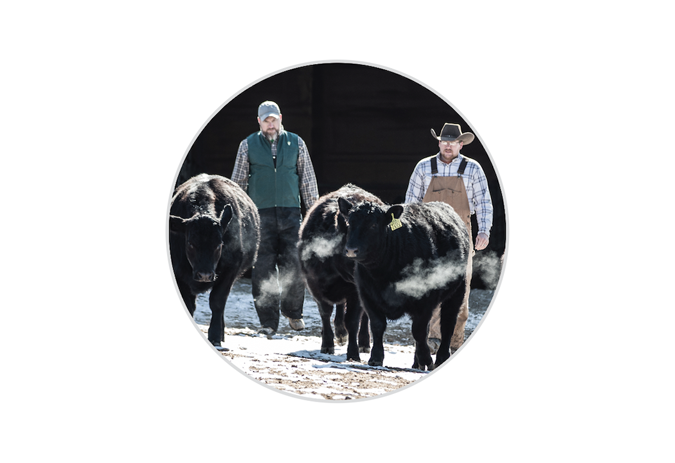Taking Care of the Animals is Top Priority for the Food Supply Chain
Five Tips for Prioritizing Animal Welfare in 2020

While 2019 is coming to a close, prioritizing animal welfare is always top-of-mind from the farm to the table. In the spirit of continuous improvement, we thought we’d share some insights on proactive planning for animal welfare in 2020, as outlined in A Proactive Blueprint on Farm Animal Welfare1 published by Anna K. Johnson, Iowa State University, and others earlier this year. Below are five tips for prioritizing animal welfare in the new year.
“Animal husbandry is more than just the physical tasks of taking care of animals. It involves compassion and commitment.”2
- Hire for compassion: A solid on-farm animal welfare program begins with compassionate people, the study says. Caretakers are responsible for providing essential resources and making daily observations and decisions that can affect animal welfare. Therefore, they can be the farm’s greatest asset or liability. Ask good questions during the interview process to find out more, like “What are you passionate about related to this opportunity?”
- On-boarding is critical: Once a new hire is made, the value of animal welfare training cannot be underestimated and should include classroom learning about Standard Operating Procedures (SOPs) coupled with practical training with the animals and job shadowing, so new employees are clear about their roles and responsibilities.
- Create a culture that establishes animal welfare as a top priority: Beyond the everyday tasks and SOPs, communicate through words and actions that your farm’s culture makes animal welfare a top priority. Taken a step further, you could create an animal welfare team on the farm to create a strong animal welfare program and continuous improvement.
- Communicate market expectations: As retailers outline supply chain expectations for animal welfare, for example around housing for the animals, it’s important that everyone on the farm understands these expectations. Give employees the “why” behind the expectations.
- Prepare for audits: As third-party audits become common practice, it is important to prepare employees tasked with animal care to answer questions during the on-farm audit. Learn more about questions to ask. If they are part of the process and they understand the “why”, answering audit questions will be easy.
Reference:
1. Johnson, A. K., Colpoys, J. D., Garcia, A., Jass, C. and Millman, S. A proactive blueprint to demonstrate on-farm animal welfare. Iowa State University Digital Repository. 2019. https://lib.dr.iastate.edu/cgi/viewcontent.cgi?article=1501&context=ans_pubs. Accessed November 19, 2019.
2. Donovan, T. Implementing a swine well-being mindset. American Association of Swine Veterinarians 41st Proceedings. 2010. 41:429-431.
